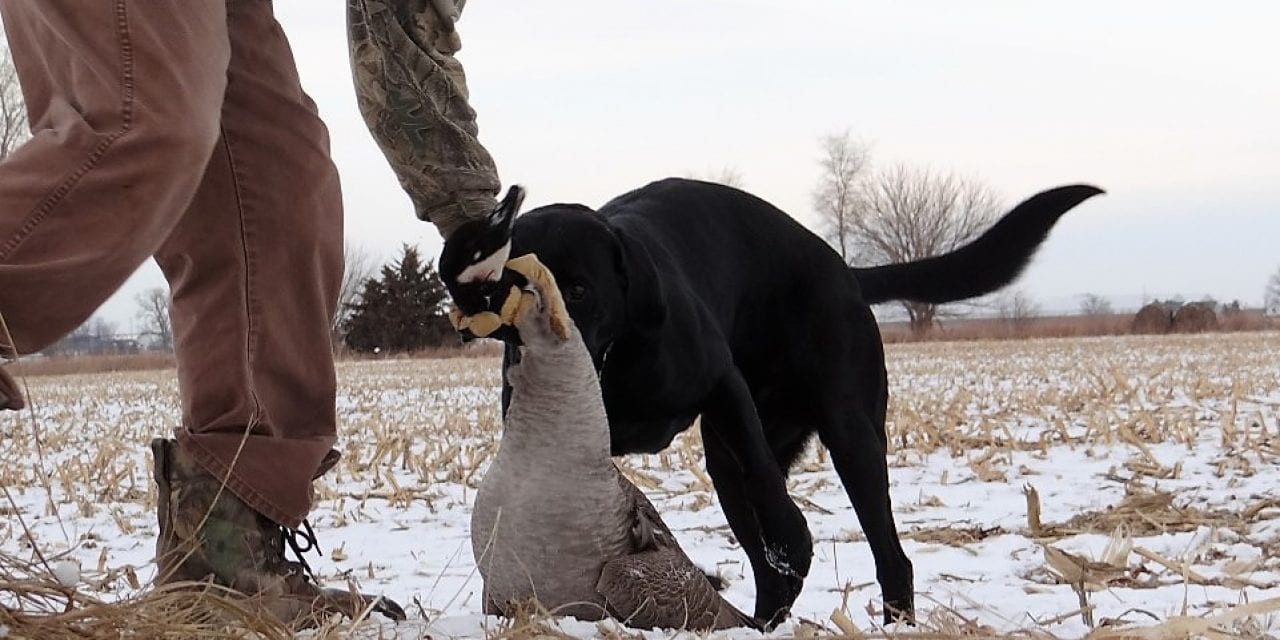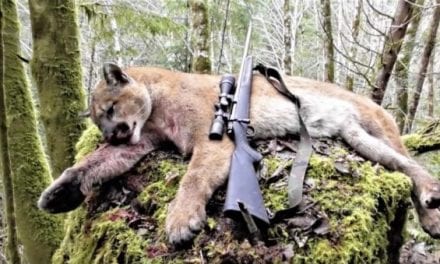The holiday season, arrival of the new year and football bowl games bring an assortment of wild game from field to table.
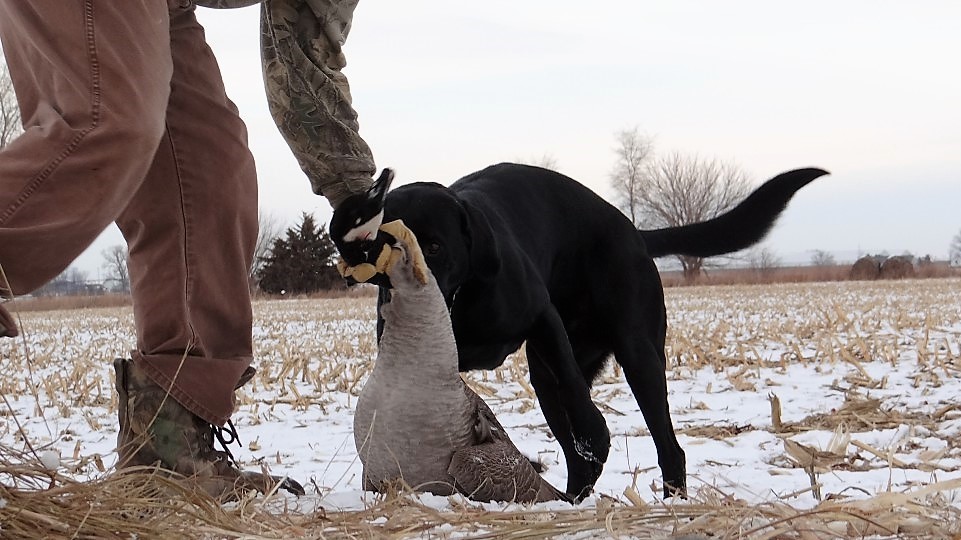
But with so many options for cooking cuts of wild game meat, it can sure be difficult for the inexperienced cook to know where to start, right?
No matter what the scenario is, any professional chef will tell you there’s nothing magical or mystical about preparing a delicious wild game dinner. It is actually a fun, adventurous thing to do!
Anyone who can cook at all will enjoy cooking and serving a savory supper using wild game birds and animals that are often far superior to “domestic” offerings. Wild game is a tasty and healthy alternative to either faux-meats (“meatless meats”) as well as mass-produced real meats that are often treated with steroids, antibiotics and other chemicals.
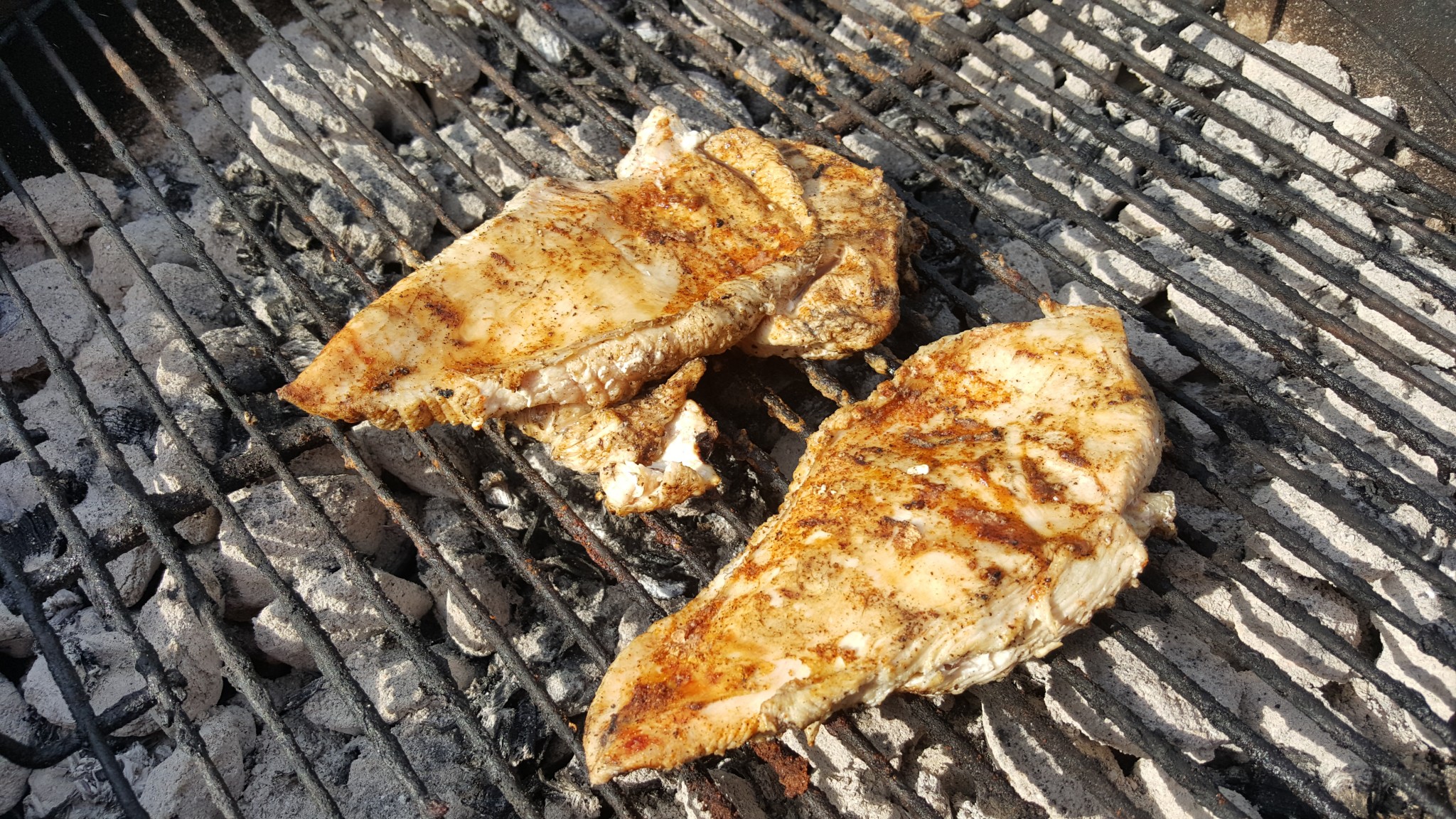
For example, according to a study by Purdue University, wild game such as deer, elk, pheasant and Canada goose has an ideal ratio of Omega-3 to Omega-6 fatty acids, making game one of the healthiest sources of good fat on earth.
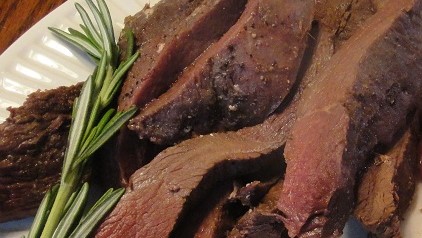
Now, about cooking that game meat you have to eat and share with others.
Here’s the rub (no pun intended): Before you embark on any recipe for wild game, you need to know the basics. If you are new to cooking game meat or haven’t done it for a while, here are the fundamentals to follow, according to longtime, French classically trained executive chef and Iowa Western Community College Culinary Instructor, Gene Cammarota of Omaha, NE.
– Leaner, but drier. Game is leaner than domestic meat because wild animals walk, run, fly and roam freely all the time. Wild game meat is high in protein and low in fat, but higher specifically in Omega-3 fats. With cooking, due to the leanness of wild game, it runs drier than most domestic meats, so recipes that keep it moist are a must! Also, avoid treating game meat as a substitute for other more common proteins in recipes, instead choose preparations designed to bring out its unique qualities.
– Fast on high heat, long time on low heat. Your game meat will be succulent if you cook it for a short time on high heat or a long time on low heat. Game meat needs to be cooked thoroughly, however is best done medium-rare or until it pulls apart! The exception to the medium-rare recommendation is ground wild game burger patties. It is recommended that ground deer, elk, and pronghorn antelope patties be cooked closer to medium.
– Grilling versus smoking. The split between grilling and smoking for game meats is likened to traditional domesticated meats. Steaks and chops are best when cooked quickly on a hot grill. Cuts with a lot of connective muscle tissue (e.g. shoulders and ribs) that must be broken down are best suited for the “low and slow” heat of a smoker. If you don’t have a smoker, consider adding some liquid smoke to your wild game meat. It offsets any “gaminess” to the taste. Incorporate liquid smoke in your marinade, or just sprinkle some of it on the meat and let it set a few minutes before cooking. Here are a couple tidbits of information for smokers of game meats that they may not know: Oak adds an Old World flavor to any wild game while mulberry gives a nice, mellow taste to it. Also, using a cedar plank on a grill imparts a subtle wood flavor to game and fish along with fruits and vegetables, adding warmth and color to any dish.
– Younger game, older game. Younger game birds and animals generally taste better and are tenderer than older ones. Use young game in most recipes; reserve older game for stews and braising. Canning is also a good way to go with tougher cuts of meat.
— Give it a rest. By allowing game meat to rest for several minutes immediately after cooking, you will give the juices a chance to redistribute. During the cooking process, the juices tend to concentrate in the coldest part of the meat, which is in the center.
– Age, tenderize and add flavor. Aging game will help tenderize it and add flavor. Essentially, aging is a change in the activity of muscle enzymes. The deterioration and the breakdown of cell molecules creates intense flavor, which improves further upon cooking. As an example, you should age an old wild turkey gobbler for about a week before freezing it or cooking it.
– Less is better. Simpler recipes are not only easier; they respect the nuances of game meat. Use sauces, spices, stocks and seasonings sparingly to enhance, not overpower your game. Sometimes we do too much to a wild game dish like smothering it in cream of mushroom soup or barbecue sauce! Game meat should be served with flavors that accentuate its flavor but not ones that cover it up.
– Fresh herbs. When a game recipe calls for herbs, purchase them as you need them from the grocery store or start a small herb garden. Old herbs have little taste. Preferred herbs to use with wild game are rosemary, sage, thyme, garlic, onion, bay leaves and juniper berries!
– Wines and wild game. To keep things simple, use white and rose wines for upland game birds, red wines for everything else.
– Let it soak! Let wild game meat soak in marinades or brines overnight, or at least for several hours to enhance its juiciness. This will help add moisture and flavor to your meat as well as tenderize it. When it comes to brining in a saltwater solution, the proper ratio to use is 2 tablespoons of salt to 4 cups of water. Among the most common soaking liquids are buttermilk, saltwater, white milk, vinegar, vinegar-based salad dressings and lemon or lime juice.
– Add some fat. Another classic method for cooking game meat is to add some fat to the dish. One way to do this is to mix the wild game meat with a fattier meat (e.g. stew or brats made with half venison and half pork sausage); you could also go for the time-honored “wrap it in bacon” trick!
– Rub it in. Sprinkle herbs and rub seasonings on your game meat with your fingers and then let it sit a while before cooking. A general rule of thumb is one tablespoon of spice mix per pound of game meat. Brush a light coat of olive oil on meat that has been dry rubbed to help seal in flavors and moisture.
– Use a meat thermometer. When cooking more tender cuts of wild game meat (e.g. chops, steaks and roasts), a meat thermometer should be used. The difference between 140-degree exquisiteness and rip-your-teeth-out shoe leather really is only a matter of minutes. Keep in mind wild game does cook faster than domestic meats.
— What about wild-caught fish? The rule: Do not overcook your catch! To enhance the flavor of your fish (especially those rich in fat like trout, catfish and wipers) consider adding a splash of malt vinegar, a few drops of lemon juice or a glass of pale wine.
Turning dead critters into delicious meals is not a daunting task. Don’t forget that good-tasting wild game begins in the field with immediate field dressing and cooling of the animal or bird. Most of the time the so-called “gamey” taste of wild game meat that folks cuss and discuss is a direct result of poor field care and cleaning practices.
The premier part of serving wild game is that it is in concert with the trends that modern-day foodies embrace – it’s natural, locally produced, lean, free ranging and a renewable resource harvested in a sustainable manner (legal hunting).
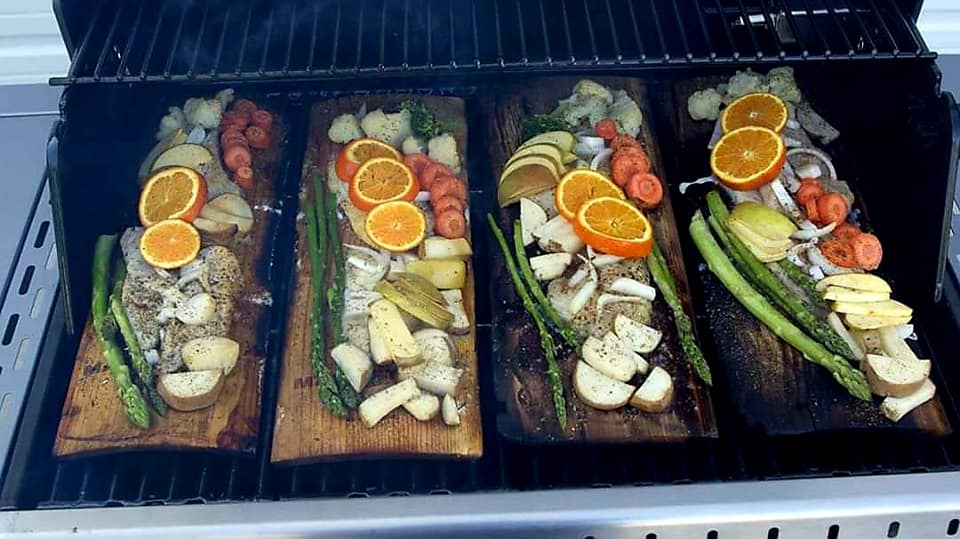
With its rich, intense flavor and high nutritional value, wild game meat is a fun, fascinating way to expand your culinary horizons and offer something new and different to guests at your dinner table. All nutritional considerations aside, it’s just flat out “cool” to cook something wild, something you’ve never eaten.
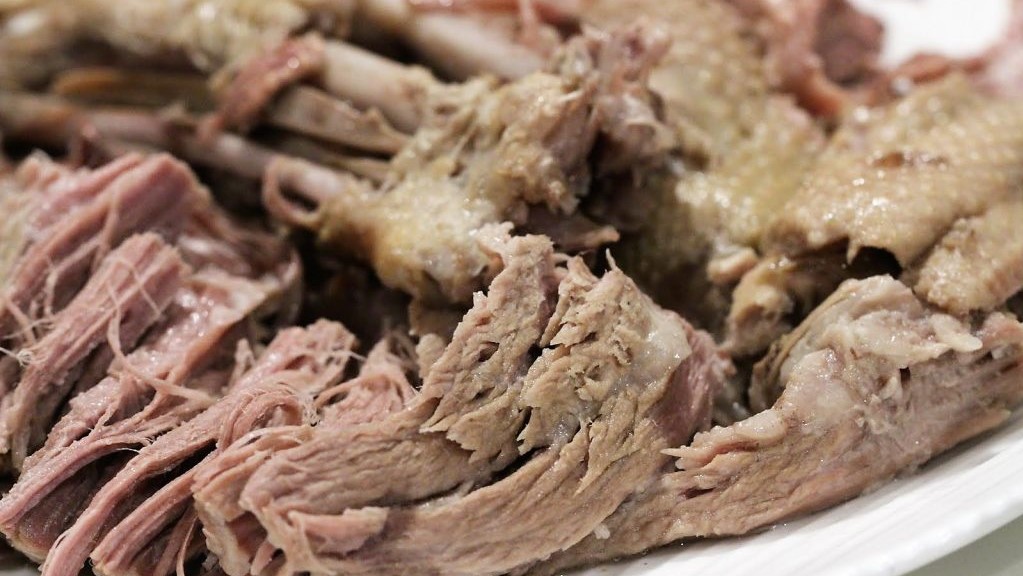
Here’s a neat recipe to try with venison:
Remember, the only way to improve at cooking wild game is to cook a lot of it!
Below is a scrumptious recipe I have for making deer burgers.
Deer Burgers
1/3 cup fat-free mayonnaise
1 teaspoon lime juice
1 teaspoon Dijon mustard
½ teaspoon grated lime peel
1/3 cup chopped green onions
3 tablespoons fat-free, plain yogurt
2 tablespoons finely chopped jalapeno pepper
½ teaspoon sea salt
½ teaspoon pepper
2 pounds lean ground deer meat
8 whole wheat or multi-grain hamburger buns, split
8 slices reduced-fat or low-fat Pepper Jack cheese
In a small bowl, combine the mayonnaise, lime juice, mustard and lime peel. Cover and refrigerate until serving.
In a bowl, combine onions, yogurt, jalapeno, salt and pepper. Crumble meat over mixture and mix well. Shape into eight patties. Grill until meat is not pink and cooked thoroughly.
Top with cheese and mayonnaise sauce.
Greg Wagner, Public Information officer, Nebraska Game and Parks Commission
Bon appétit!
*Important Note: Be sure to check all legalities for harvesting wild game animals and birds. For more information, go to OutdoorNebraska.org
The post The FUNdamentals Of Cooking Your Holiday Wild Game appeared first on Nebraskaland Magazine.

